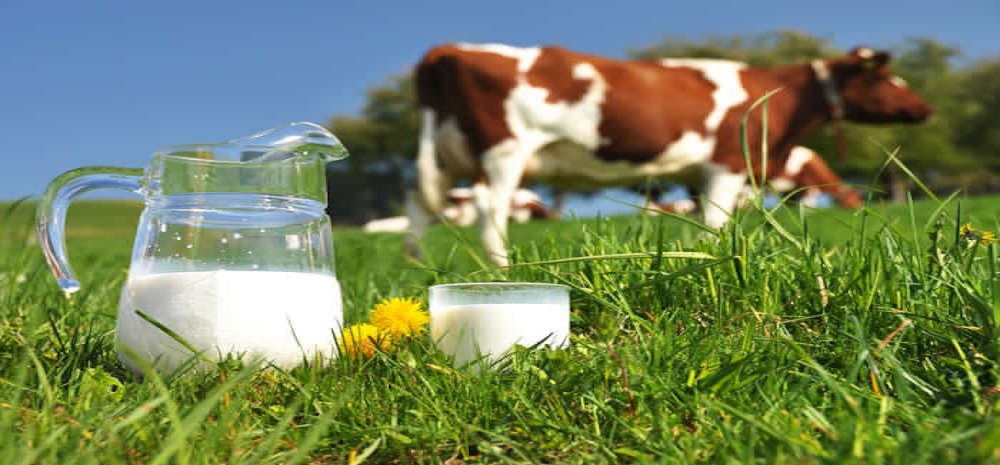While numerous studies have shown that cow’s milk is the healthiest form of calcium filled with numerous health benefits to boast of, it is apparently not suitable for children below a year old, experts have said.
According to a study, the protein in cow’s milk is the reason as toddlers digestive system cannot tolerate it. Because many parents feed their infants cow’s milk before they turn one, it results in allergic diseases.
Infants who do not get breast milk need an alternate form of nutrition to maintain their health, therefore child experts said if cow’s milk is fed at such an initial age, then the low concentration of iron and its consumption during infancy is linked to anemia.
“Though cow’s milk is associated to our culture for ages, it should not be given to toddlers below one year… It may put a strain on the infant’s immature kidney and is also difficult to digest,” said Nandan Joshi, Health and Nutrition Science, Danone.
While older babies can be fed with household complementary food, younger ones need special hydrolyzed and amino acid-based formula which does not produce allergy.
As per the National Family Health Survey (NFHS), only 40 percent of children were introduced timely complementary foods, while only 10 percent children between six to 23 months received adequate diets.
According to the National Institute of Allergy and Infectious Diseases, the most common food allergies in infants and children are:
- Eggs
- Milk
- Peanuts
- Tree nuts such as walnuts
- Soy (mainly in infants)
- Wheat
So, what should you do if a child has an allergic reaction? Depending on the severity of an allergy, a child could develop a rash, start vomiting or even have trouble breathing and swallowing because of anaphylactic shock. Especially if this is the first time a child has had an allergic reaction to food, parents should head straight to a doctor.
According to the U.S. National Library of Medicine, for mild to moderate reactions, you should calm and reassure a child having the reaction. Next, you should:
- Try to identify the allergen and have the child avoid further contact.
- If the child develops an itchy rash, apply cool compresses and an over-the-counter hydrocortisone cream.
- Monitor the child for signs of increasing distress.
- Get medical help. For a mild reaction, a healthcare provider might suggest over-the-counter medications, such as antihistamines.
For a severe reaction that includes anaphylaxis, it’s important to check the child’s airway, breathing, and circulation. A red flag of dangerous throat swelling is a whispered or extremely hoarse voice, and rough breathing. Begin CPR and rescue breathing, if necessary. Next, you should:
- Call 911.
- Calm and reassure the person.
- If the reaction is from a bee sting, scrape the stinger off with something firm. Do not use tweezers; this could release even more venom.
- Administer emergency allergy medication, but avoid oral medication if the child is having trouble swallowing.
- Try to prevent shock by having the child lie flat with her feet raised 12 inches. Cover her in a blanket.
Even the most careful parents are faced with the harsh realities of a child’s food allergies on a daily basis. While parents and family members can do the best they can to keep allergens outside of the home, keeping a child safe at school, daycare or the playground is whole other story. Sometimes just coming into contact with another child who was exposed to an allergen, or even just smelling nuts roasting can trigger a life-threatening reaction.
The good news? According to HealthyChildren.org, food allergies are often outgrown in early childhood. In fact, an estimated 80-to-90-percent of milk, wheat, egg and soy allergies disappear by age 5. Unfortunately, some food allergies tend to stick around for the long run; only about one in five young kids will outgrow seafood or nut allergies.
SaveSave
